8 Tips to help Reduce Inflammation
Inflammation can cause weakness, lethargy, pain, and weight loss or gain. These symptoms aren’t always random, and they’re rarely just “in your head.” If you’re feeling off more often than not, inflammation could be the common denominator. The good news? Inflammation is manageable once you understand it.
What is inflammation?
Inflammation is your body’s frontline defense mechanism. When you're exposed to injury, infection, or harmful substances, your immune system responds. The goal? Protect and repair.
In this process, your body releases inflammatory chemicals to deal with the threat. You might feel pain, swelling, or stiffness, and that’s normal. This is known as acute inflammation.
But if your body doesn’t shut that process down? That’s where the problem begins. Chronic inflammation is what happens when your immune system stays switched on, even when there's no threat. Over time, this constant internal stress contributes to serious health issues.
Causes of Inflammation
So what keeps inflammation going? It often starts with a medical condition or external trigger, but it doesn’t end there. The body can stay stuck in a high-alert state. Common contributors include:
-
Diabetes mellitus
-
Autoimmune conditions like rheumatoid arthritis and psoriasis
-
Chronic obstructive pulmonary disease (COPD)
-
Heart disease
-
Allergies and long-term exposure to toxins
-
Gastrointestinal issues like ulcers
In each of these cases, inflammation becomes a persistent, destructive force that disrupts your health from the inside out.
Diagnosis and Treatment
Here’s the thing, inflammation isn’t always visible, but that doesn’t mean it’s not causing damage. Many people walk around with chronic, low-grade inflammation for years without realizing it. That’s why we don’t wait for symptoms to show up, we test.
Doctors typically use blood tests to measure inflammatory markers like CRP (C-reactive protein) or ESR. Elevated levels are your body’s warning to take action.
If it’s acute inflammation, your body usually knows what to do. It fights off the threat and returns to baseline. But chronic inflammation? That’s different. It needs your attention. You’re not just putting out a fire, you’re rebuilding the system so it stops lighting itself up.
Treatment isn’t one-size-fits-all, but here’s what works:
-
Medications can help control the cause and ease the damage, but they’re just part of the plan.
-
Real progress comes from sustainable lifestyle changes: nutrition, movement, stress reduction, and high-quality sleep.
-
In some cases, targeted supplements, like omega-3s, curcumin, or astaxanthin, can support your body’s ability to reduce inflammation from within.
Note: As always, only a qualified healthcare professional can provide an accurate diagnosis and the right treatment plan for your individual needs.
How do I decrease inflammation in my body?
The strategy is clear: target the root causes of inflammation, not just the symptoms.
1. Cut the sugar and processed junk
Here’s the deal: Sugar sets off a chain reaction in your body that fuels inflammation. When your liver breaks it down, it produces free fatty acids, and when your body digests those, it triggers inflammatory chemicals.
What to cut back on:
-
Sugary snacks and drinks
-
Refined carbs (white bread, pasta, pastries)
-
Fried and fast food
-
Packaged stuff like chips, crackers, frozen meals
If it comes in a box and has 20 ingredients? Probably not helping your inflammation.
2. Stay on top of your weight
This isn’t about chasing a number, it’s about reducing the stress on your body. Visceral fat (the stuff around your organs) is inflammatory. The more of it you carry, the more your body stays on high alert.
Why this matters:
That kind of fat doesn’t just sit there, it’s active. It releases inflammatory chemicals and makes your immune system overreact, even when there’s no threat.
What helps:
-
Consistent movement
-
Real food (fiber, protein, healthy fats)
-
Avoiding crash diets, slow and steady wins
3. Keep your blood sugar steady
You hear a lot about diabetes and high blood sugar, but most people miss the root issue: inflammation drives insulin resistance. That’s what keeps your blood sugar elevated in the first place.
What to focus on:
-
Don’t skip meals, eat balanced plates
-
Cut refined carbs and sugary drinks
-
Manage stress (because yes, cortisol spikes blood sugar too)
If your blood sugar’s all over the place, inflammation is in the background doing damage.
4. Eat more anti-inflammatory foods
This is where food becomes your strategy. Some ingredients actively cool inflammation down; these are your daily go-tos.
Stock your kitchen with:
-
Leafy greens (spinach, kale )
-
Cruciferous veggies (broccoli, cauliflower )
-
Berries, citrus, cherries
-
Nuts and seeds ( flax, almonds, walnuts)
-
Spices like turmeric, garlic, ginger
Pro tip: Pair these foods with targeted supplements like Astaxanthin for antioxidant defense or Berberine to support metabolic health. Together, they work synergistically to help your body stay balanced and resilient from within.
5. Cut back on alcohol and quit smoking
No shock here. Alcohol and cigarettes both promote inflammation. They disrupt your immune system, damage your cells, and keep your body in a reactive state.
If you're serious about reducing inflammation, this one’s non-negotiable. Even reducing your intake can make a difference.
6. Sleep like it matters: because it does
Sleep isn’t just for energy, it’s your body’s reset button. When you don’t get enough, your blood pressure stays elevated and your stress hormones rise. That’s a perfect recipe for, you guessed it: inflammation.
What to do:
-
Aim for 7–9 hours consistently
-
Power down screens before bed
-
Keep your room dark, cool, and quiet
Good sleep lowers inflammation. Poor sleep drives it up. Simple.
7. Support from teas and spices.
Certain teas and spices are inflammation-fighting powerhouses. They’ve been used for centuries, and science backs them up.
What to include daily:
-
Black, white, or green tea
-
Herbal teas like ginger, turmeric, and chamomile
-
Spices: turmeric, ginger, cinnamon, cumin, rosemary, garlic, oregano, cloves
These don’t just add flavor, they help your body fight back.
8. Move. Every day. No excuses.
Sitting all day? That’s inflammation’s best friend. Movement breaks the cycle, it reduces fat around your organs, supports your immune system, and lowers stress.
How much?
Start with 45–60 minutes of walking, light cardio, or strength work. Don’t overthink it, just move.
The point is: exercise calms inflammation, improves digestion, and keeps your system running clean. You’ll feel the difference.

Take away: Take Control, One Step at a Time
Inflammation is real, but so is your power to change it. This isn’t about quick fixes. It’s about real habits, smart choices, and consistent support that help your body heal and thrive.
You’re not in this alone. We’re here to guide you, with science-backed supplements, education that makes sense, and a long-term approach that actually works.
Let’s rebuild your health from the inside out. Together.
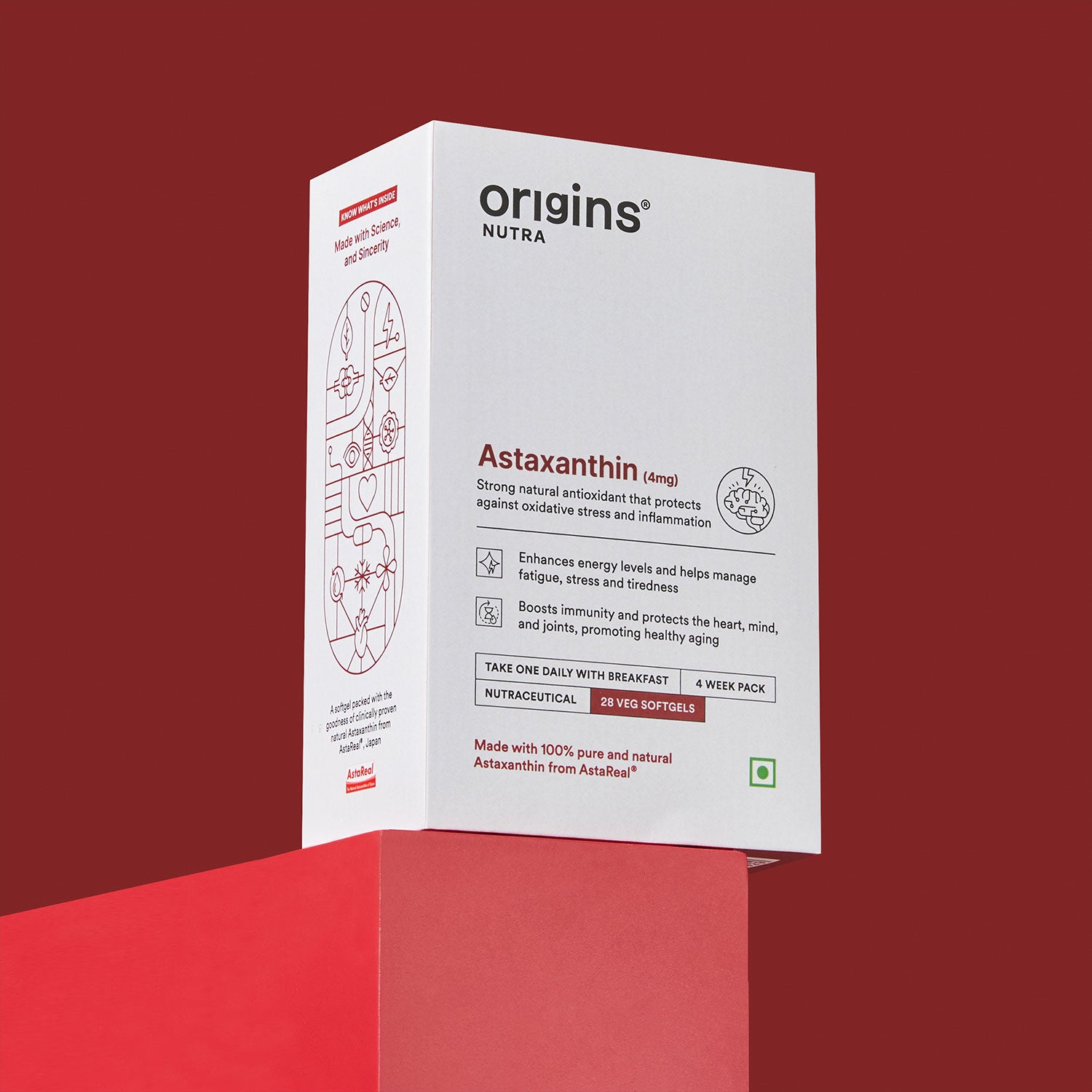
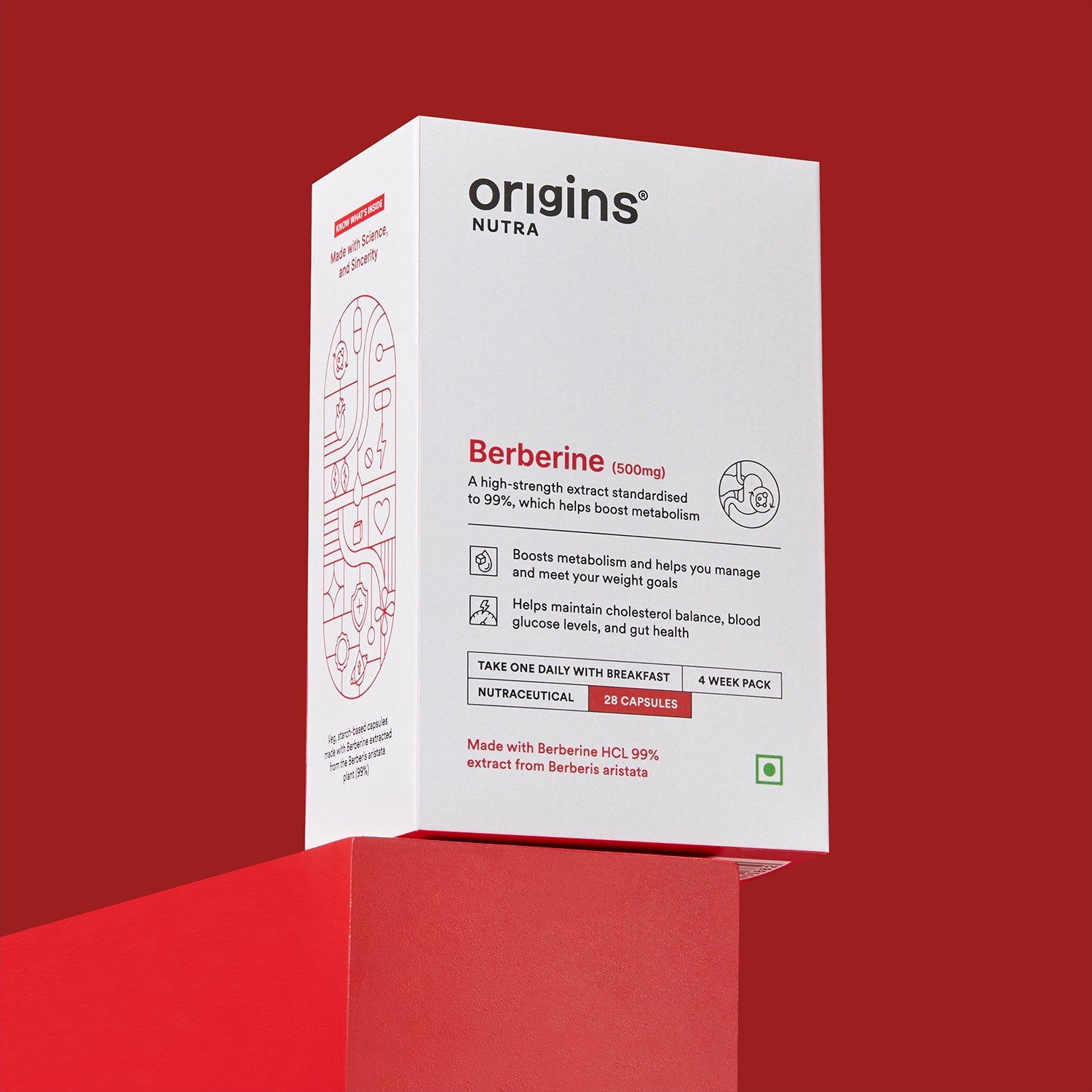


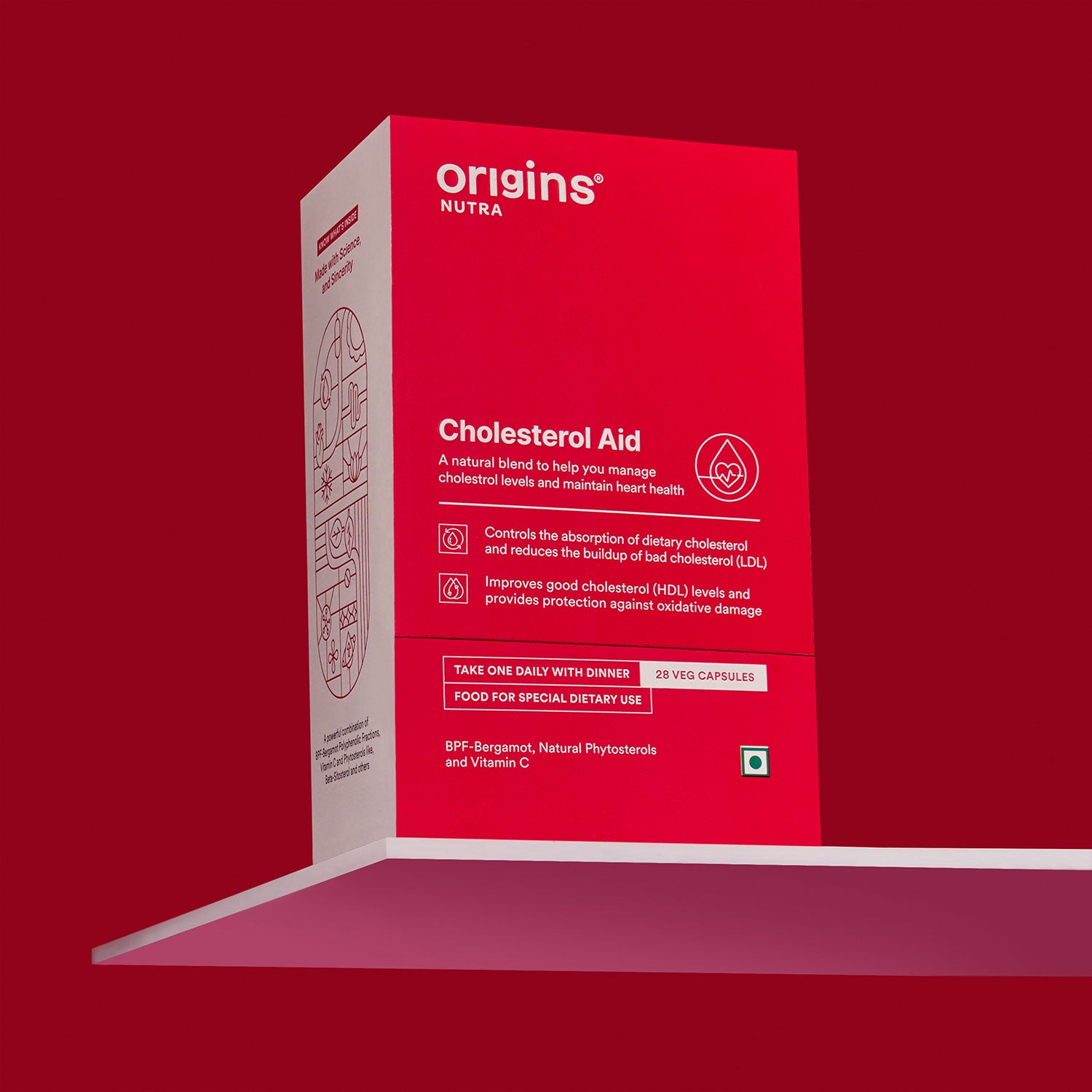

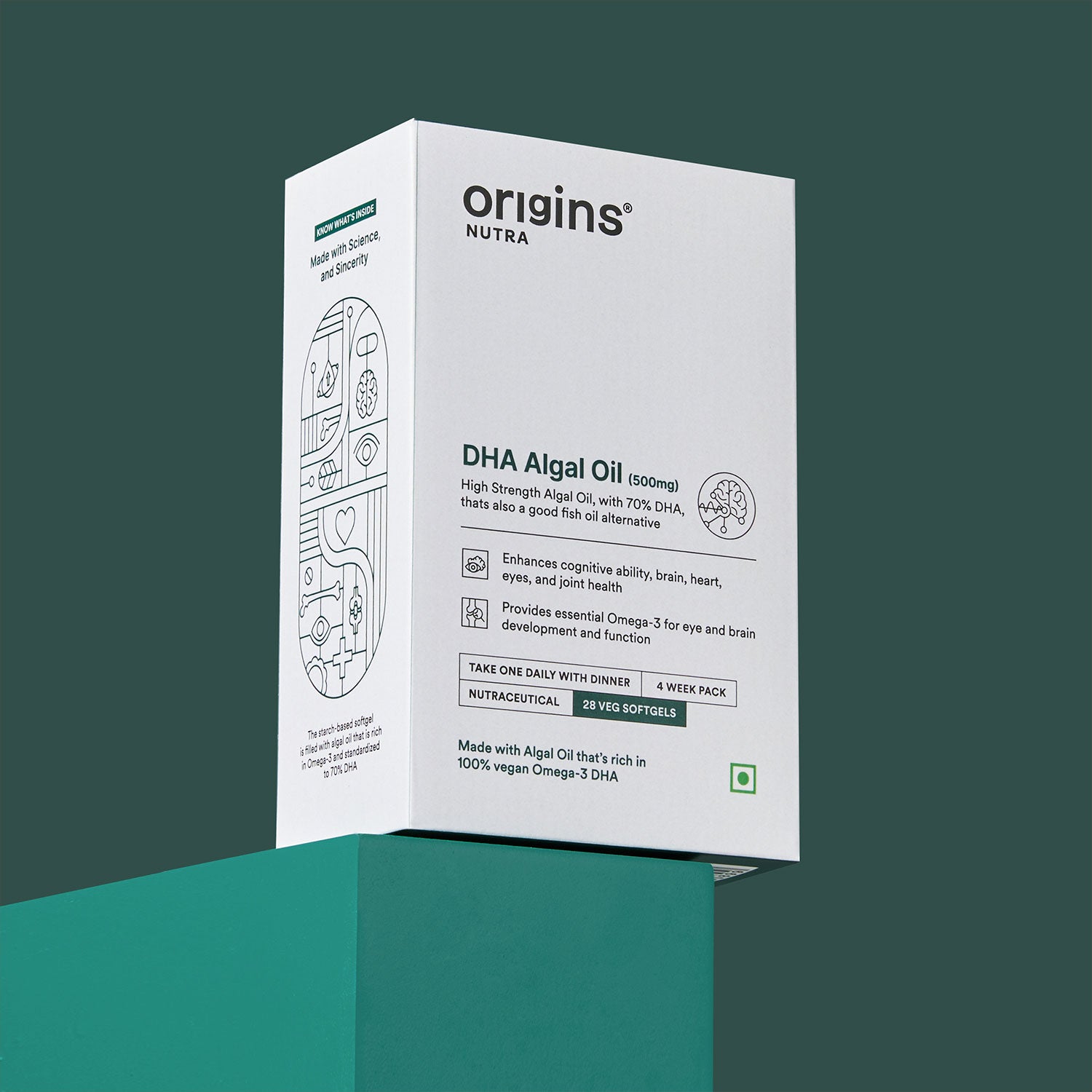
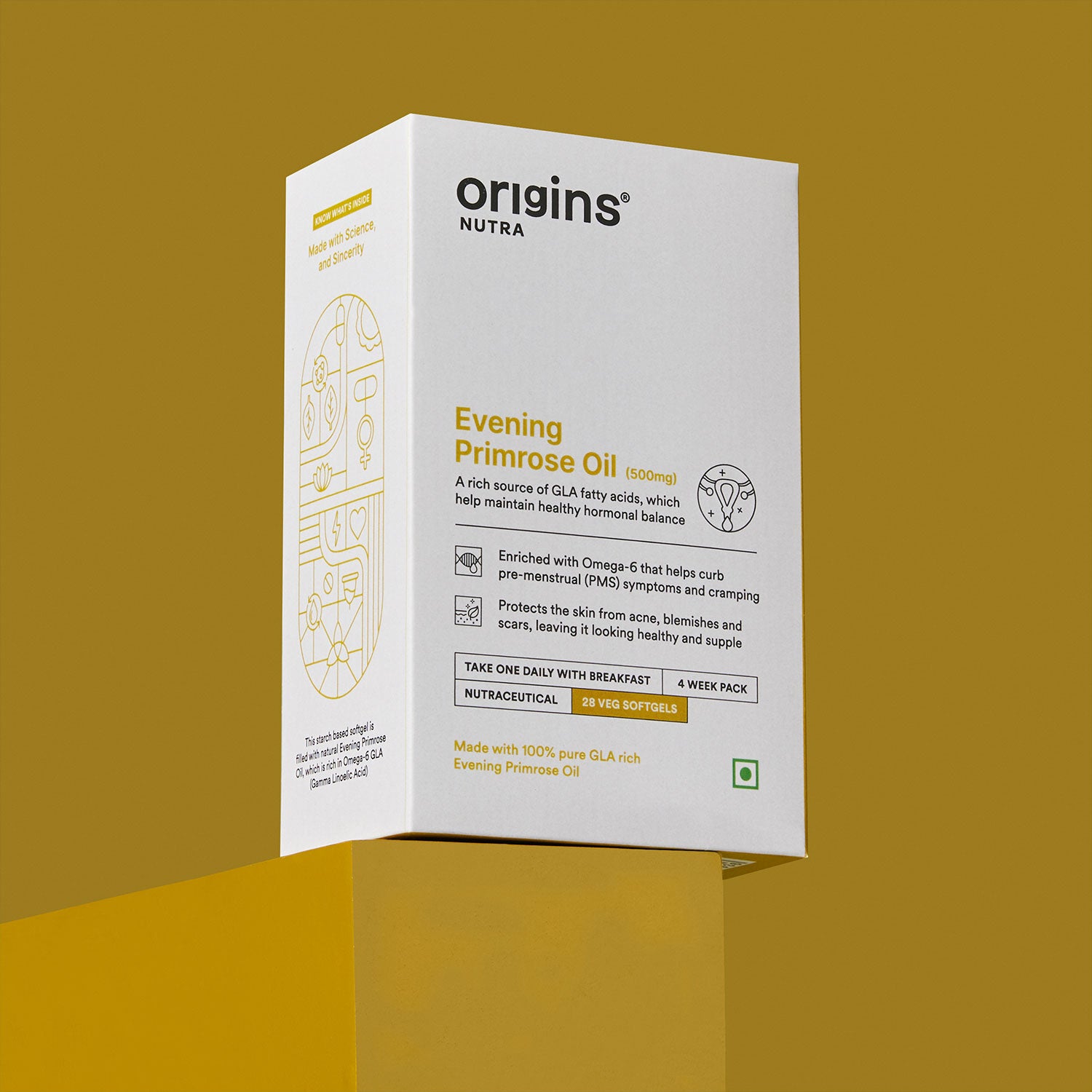
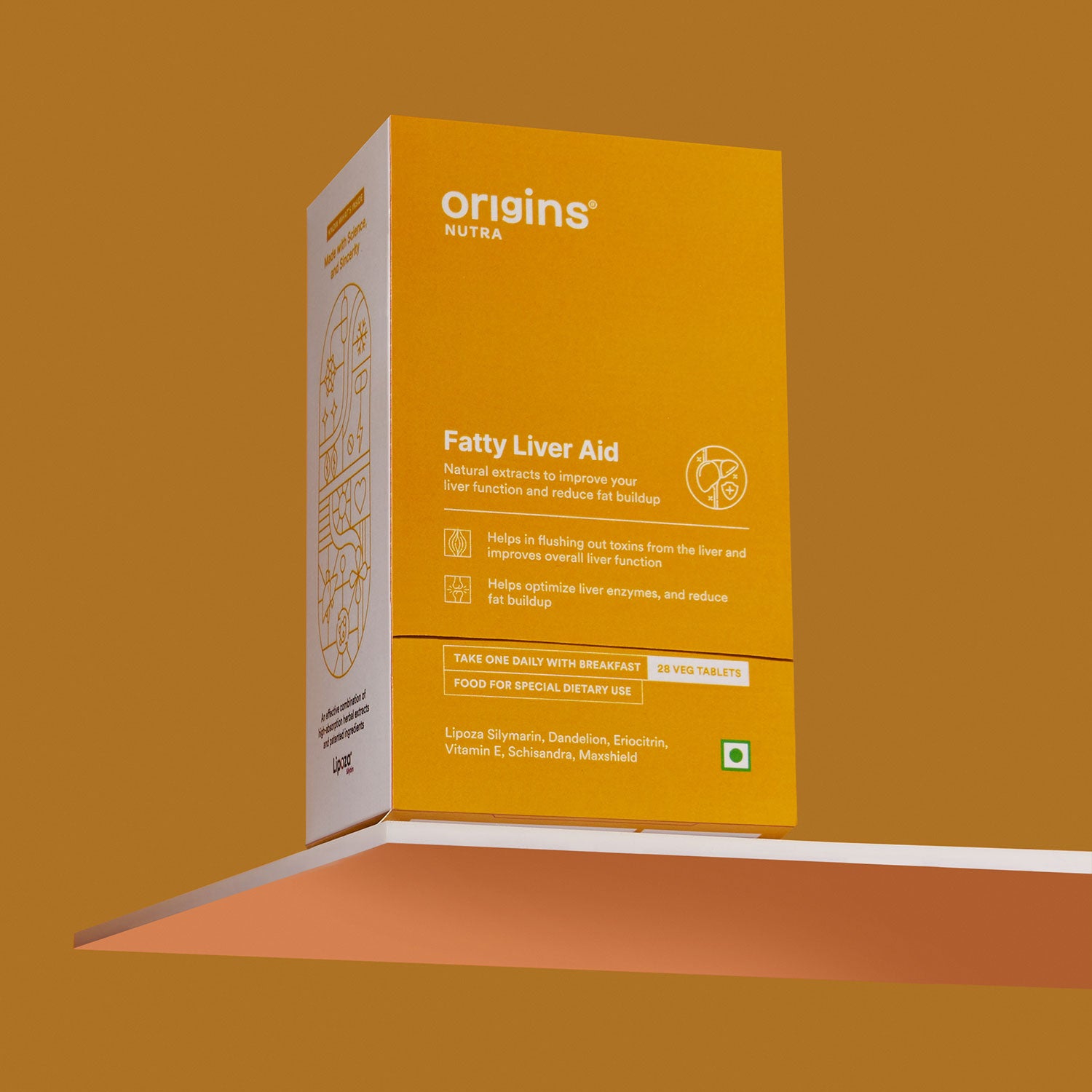
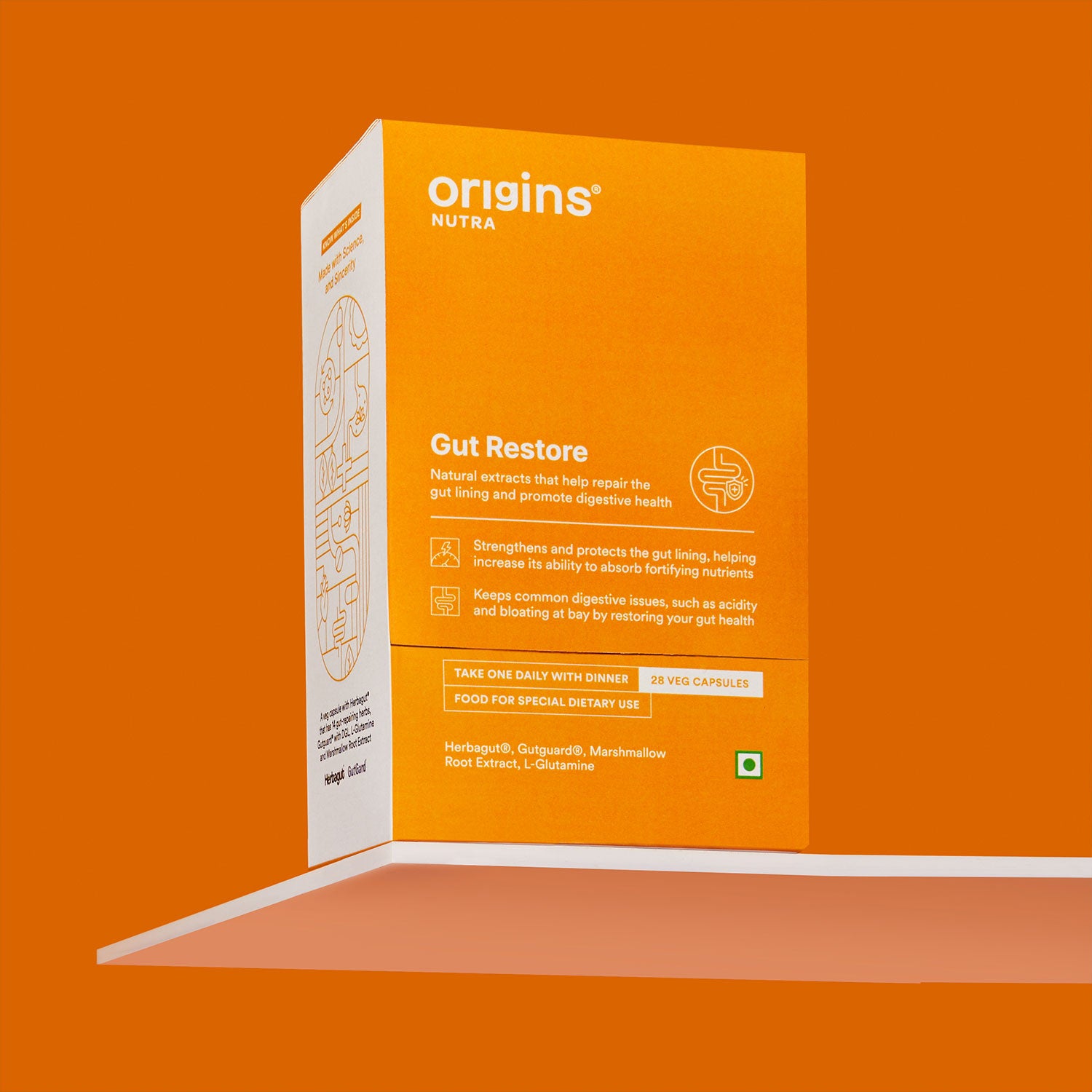

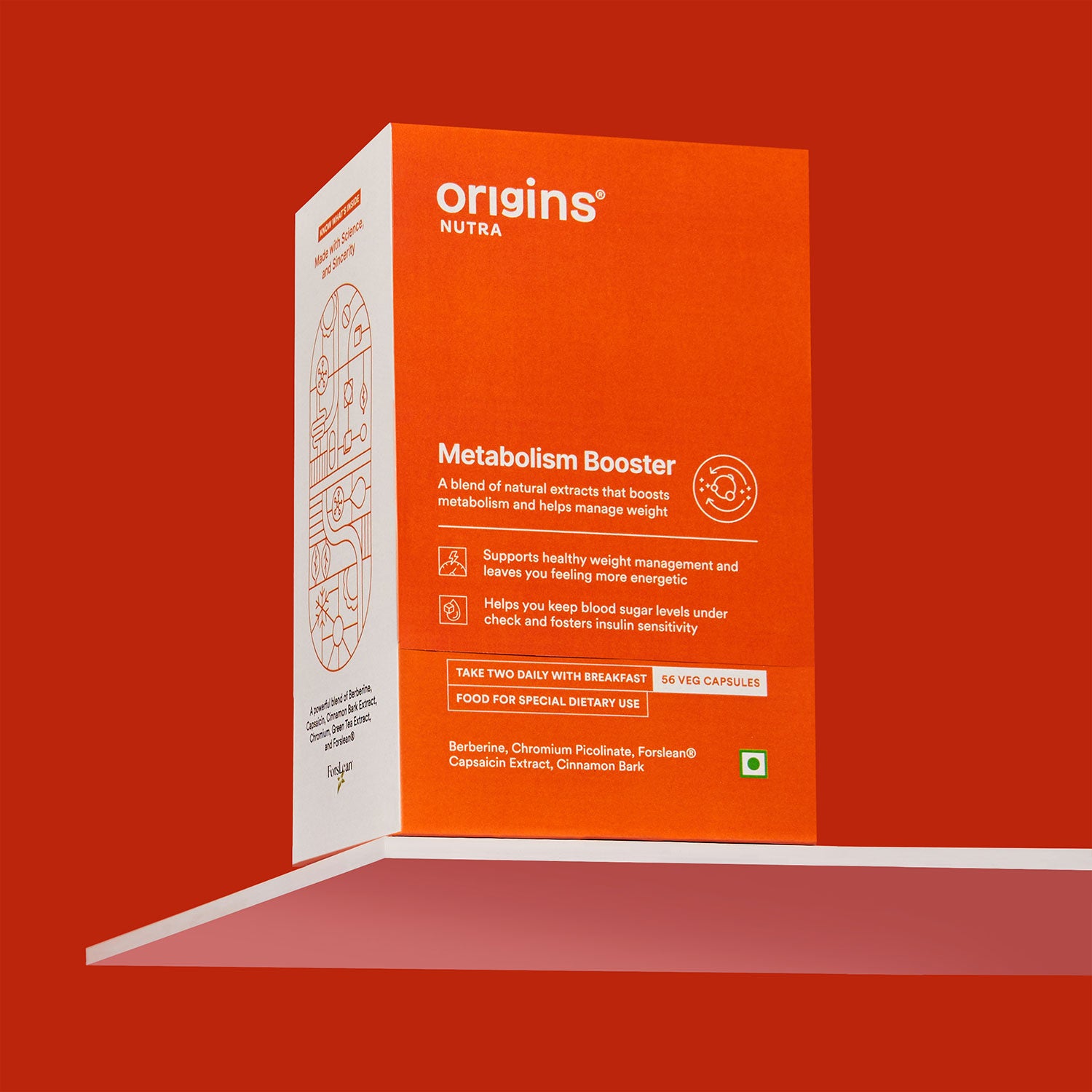

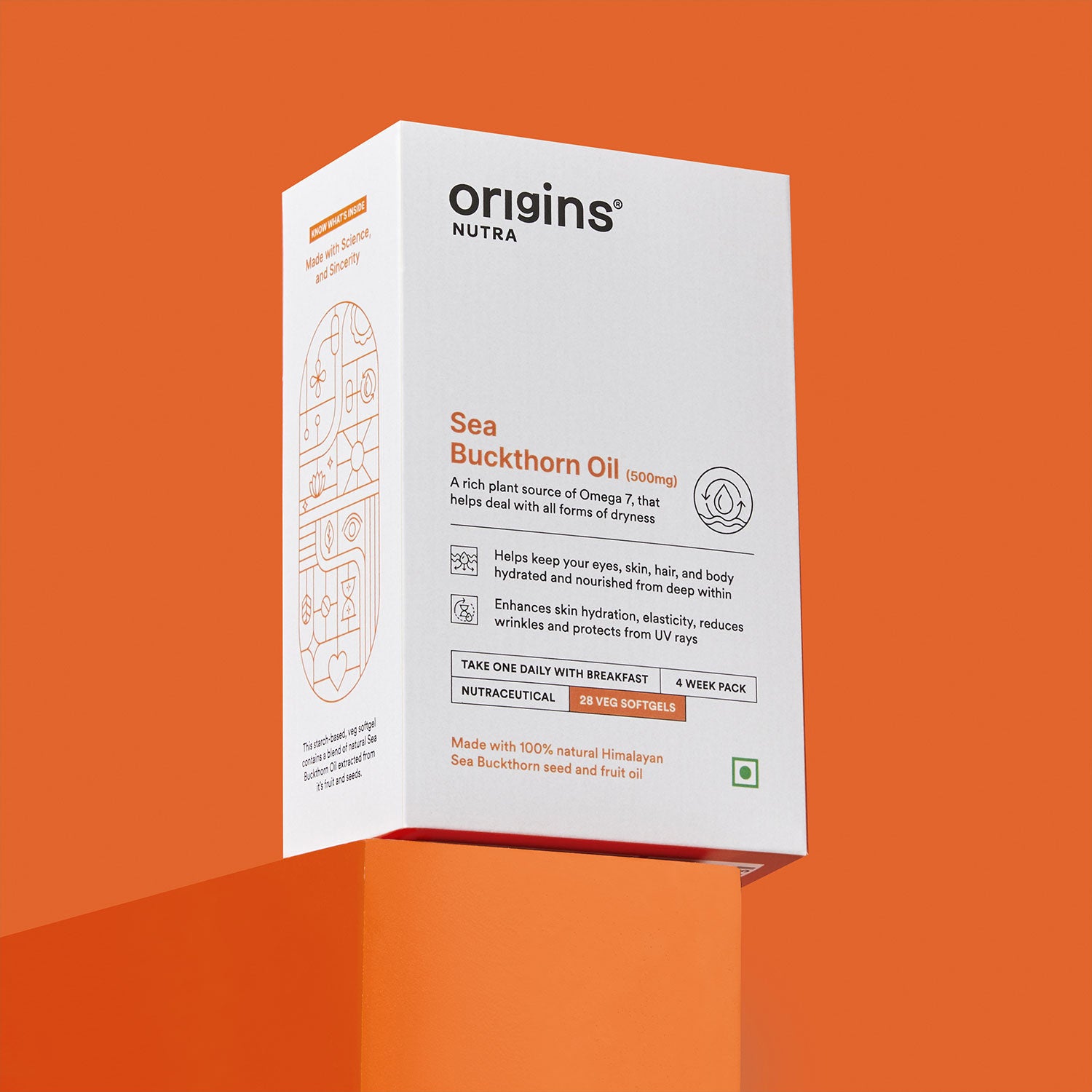
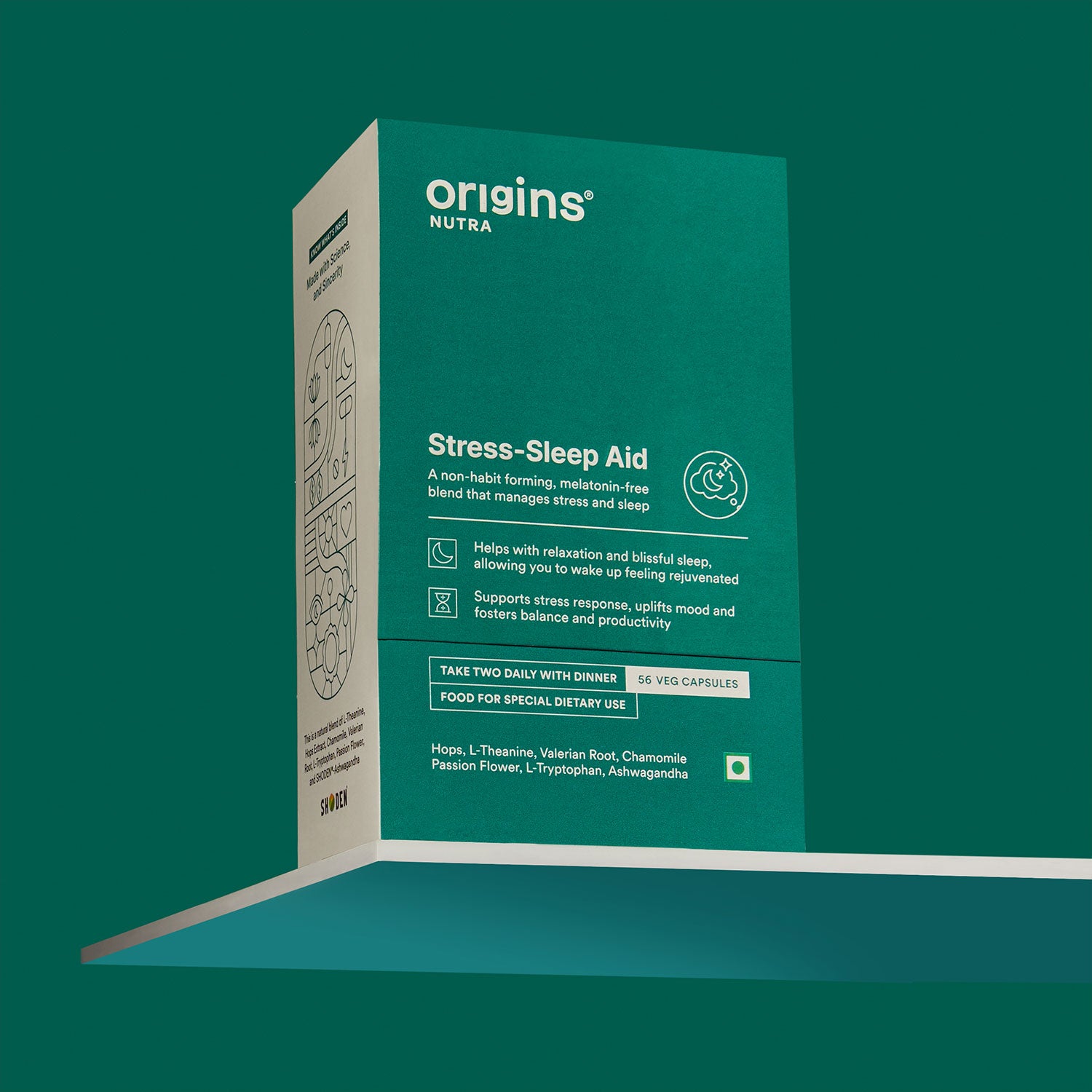
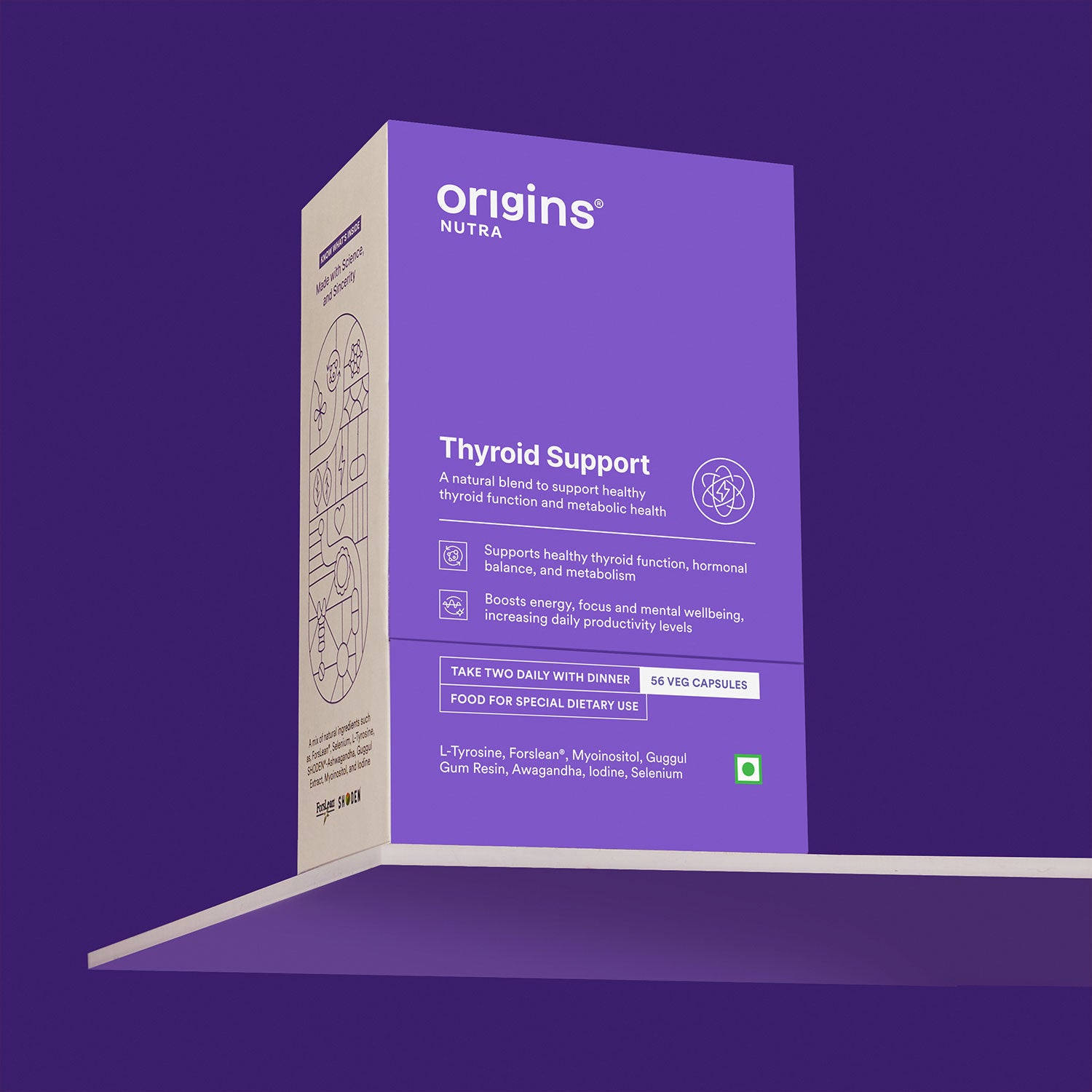
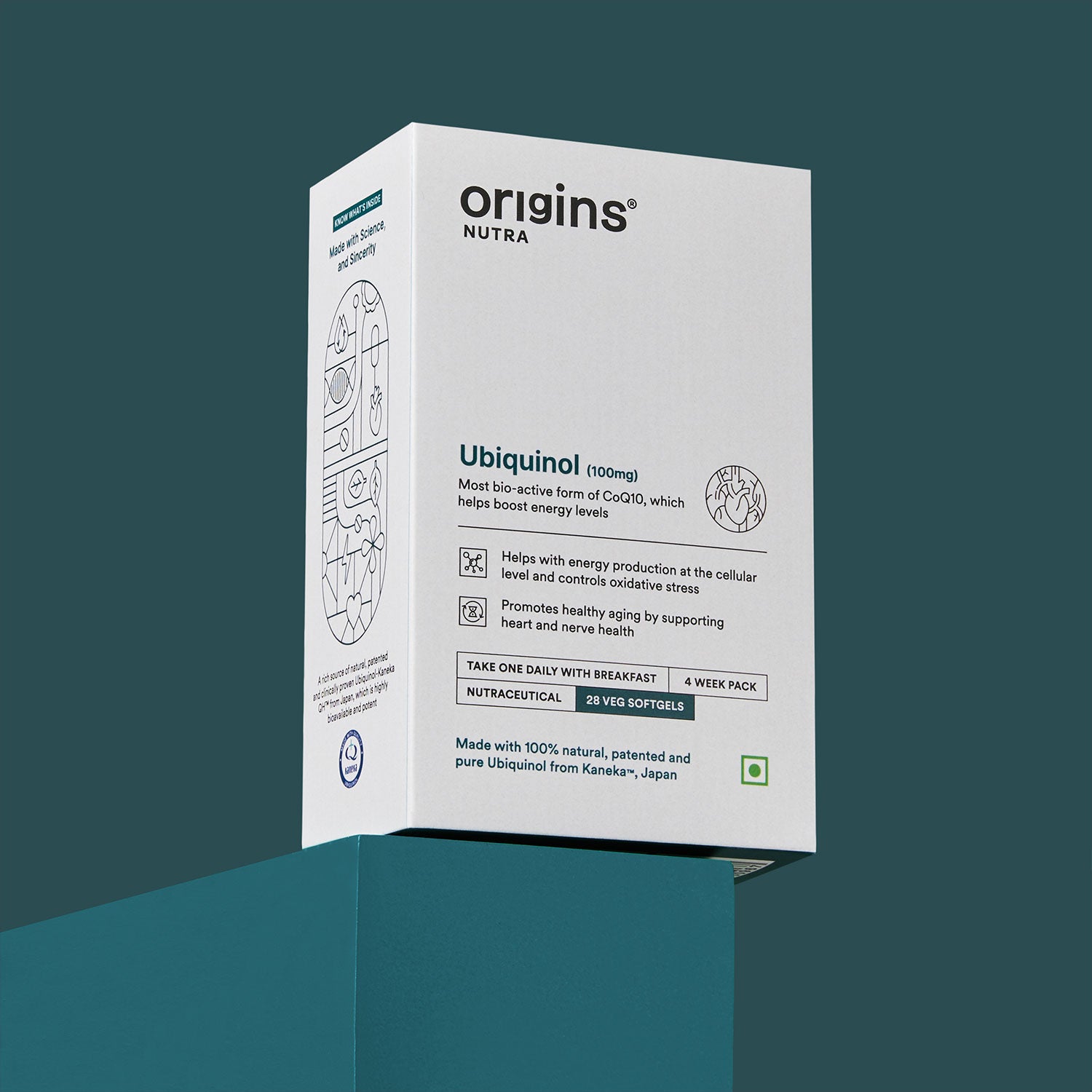





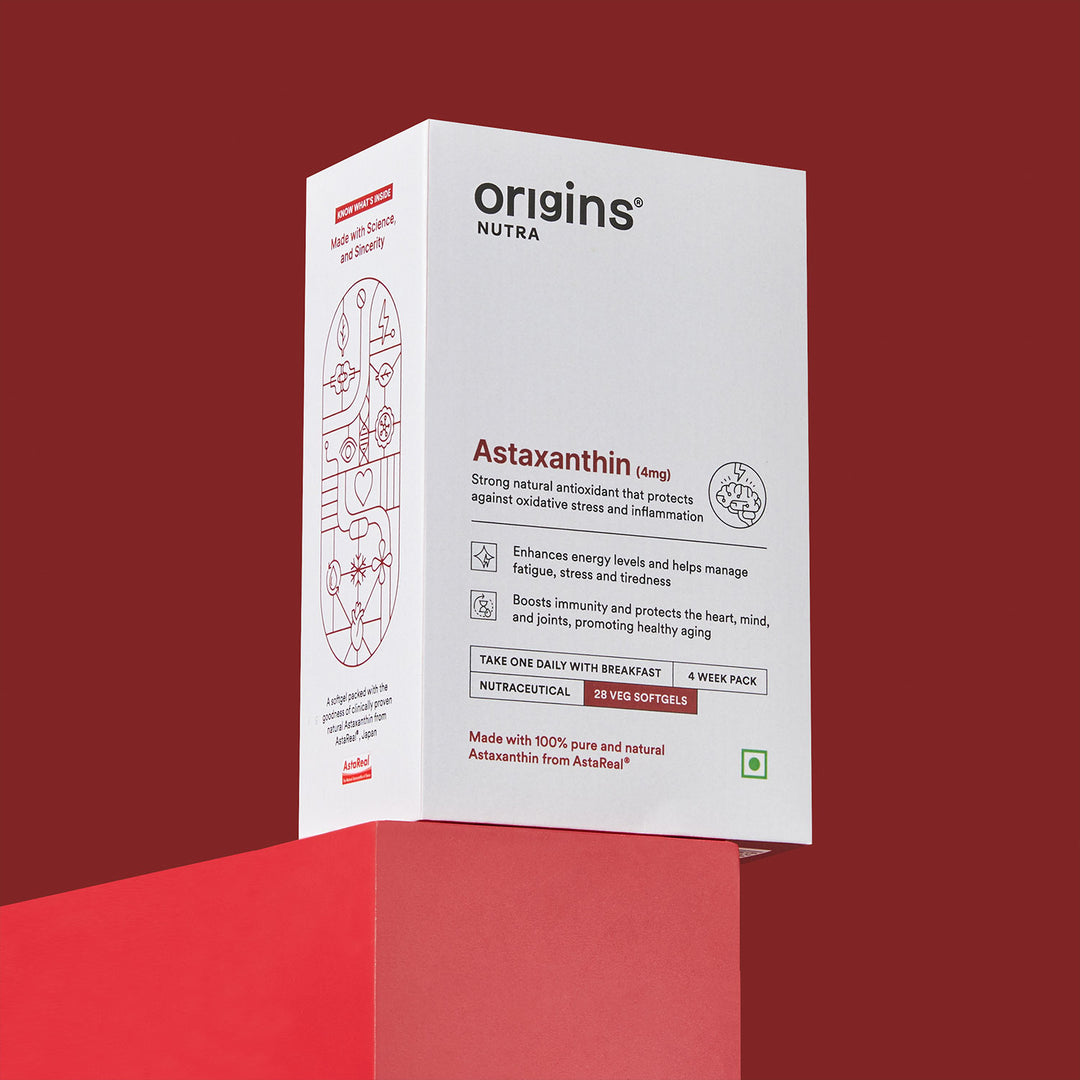
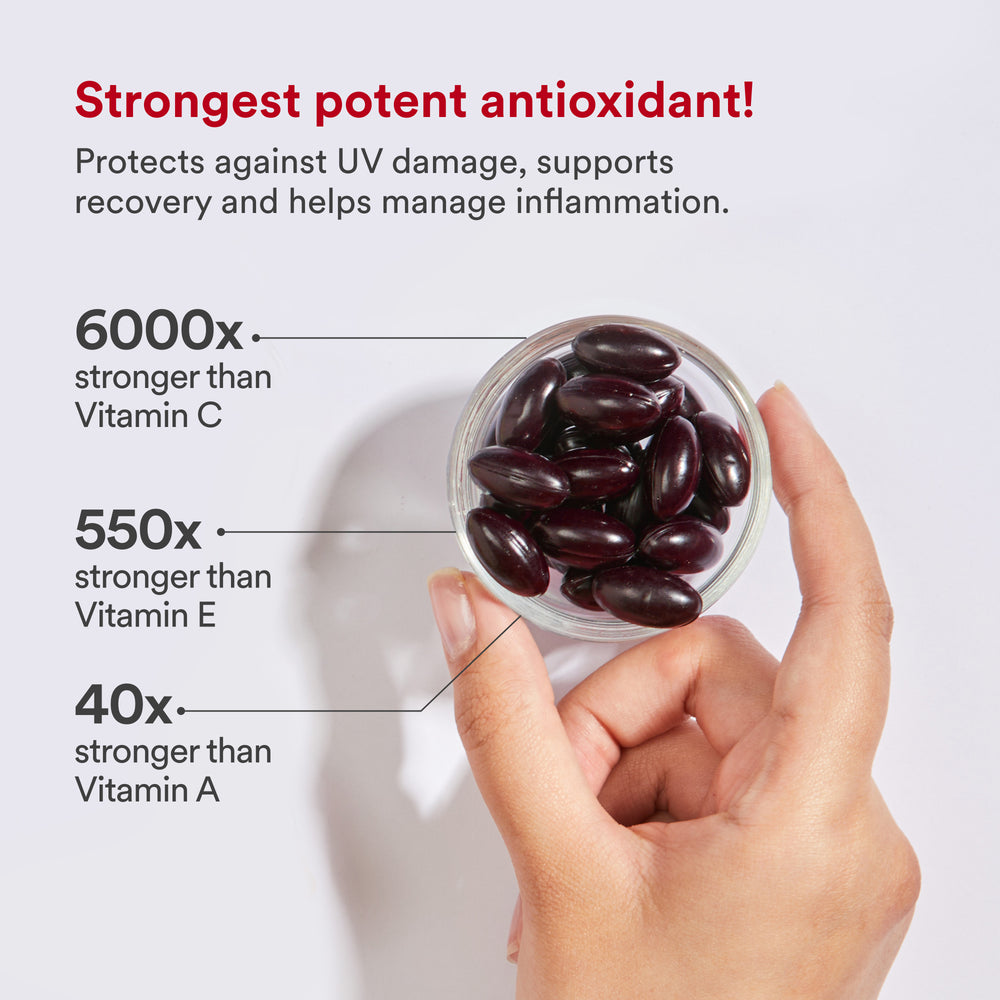
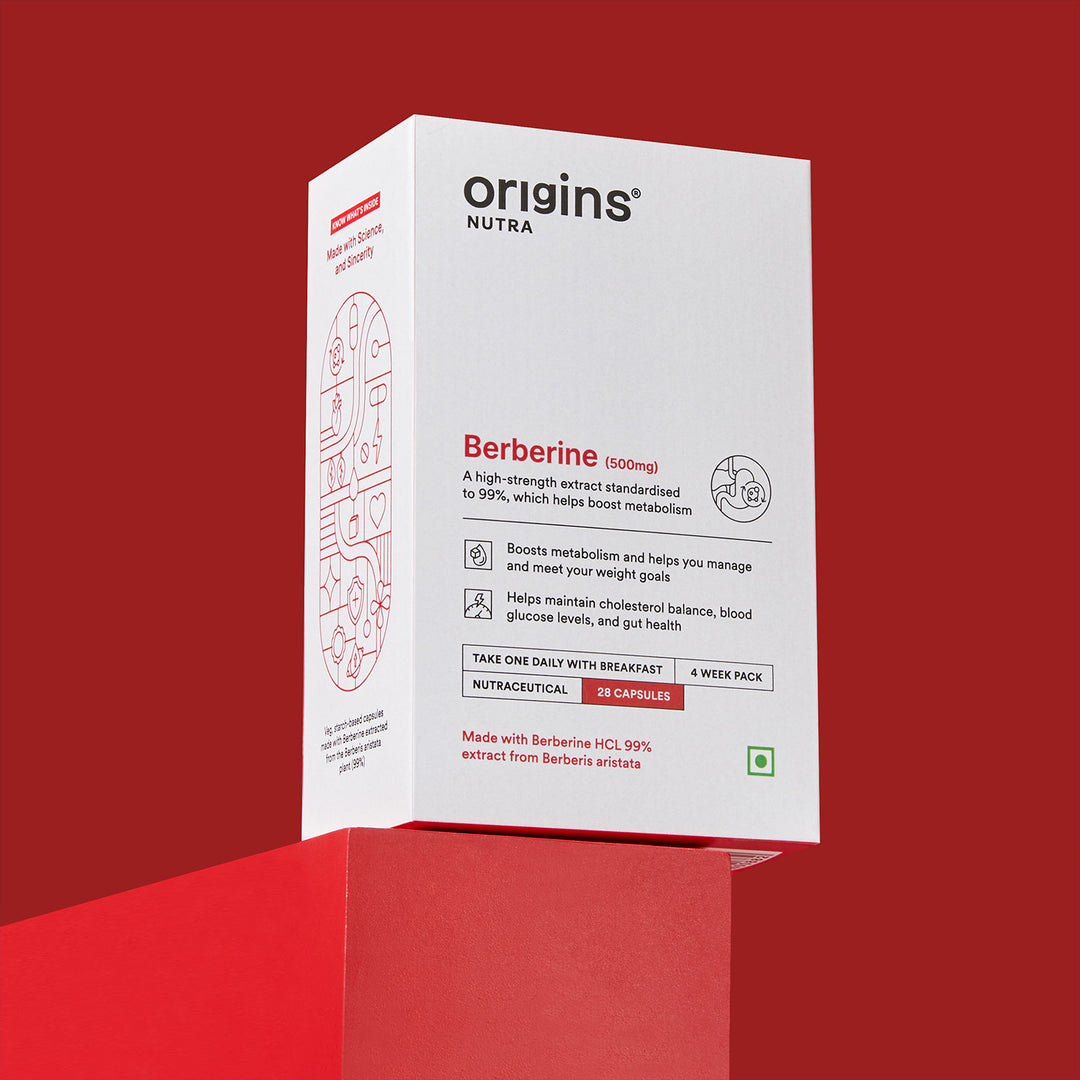
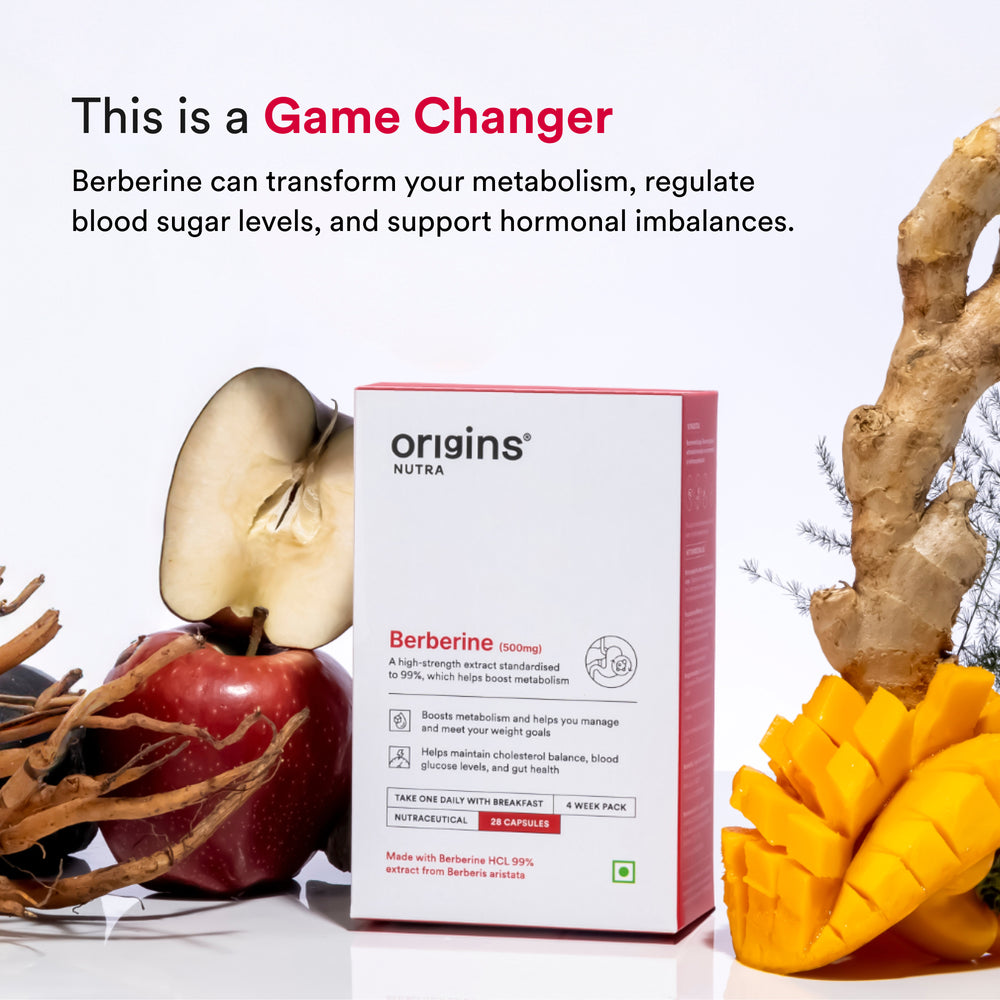

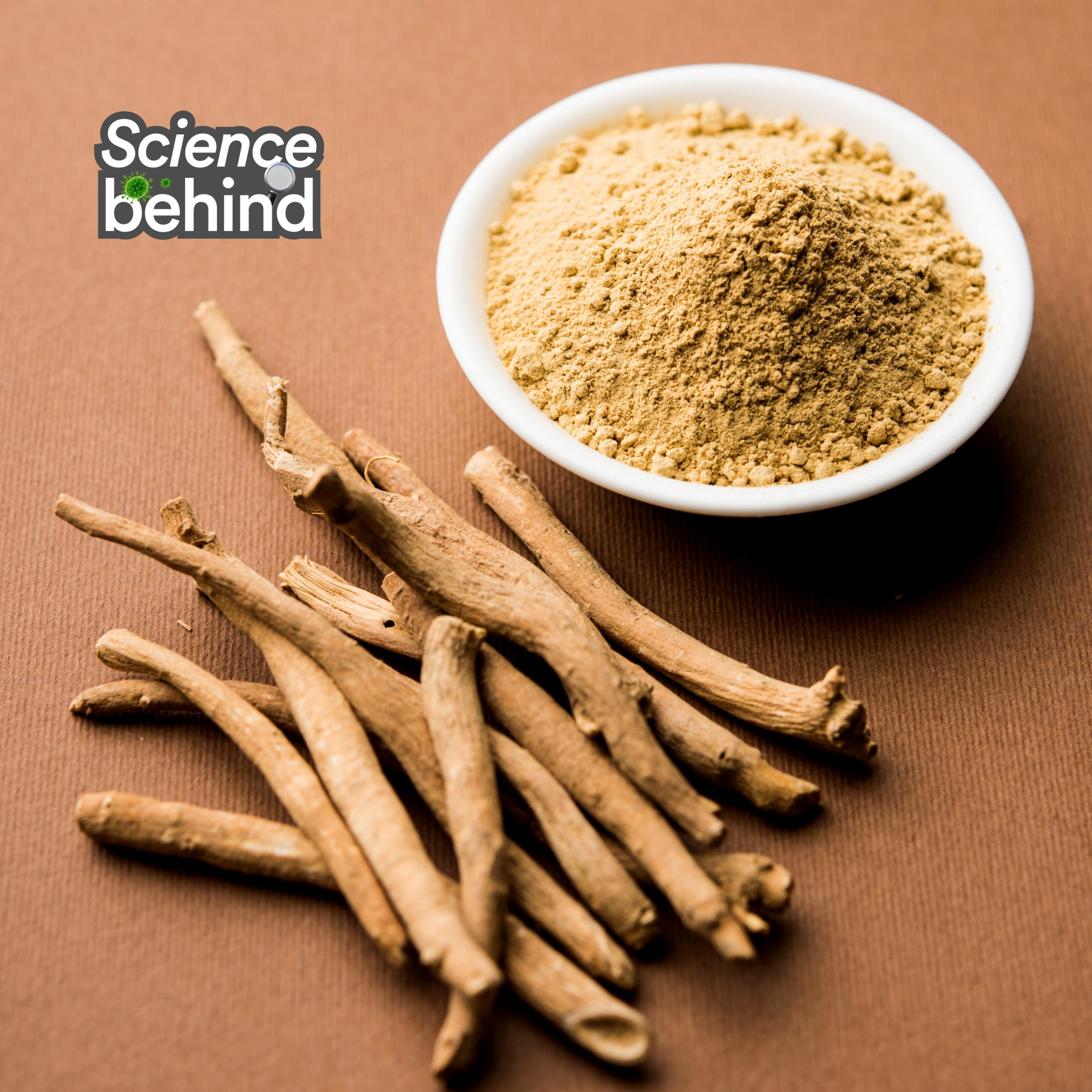







Hi, thank you for your interest. At the moment, we’re unable to share a dedicated anti-inflammatory diet chart. However, we’re always working on creating more helpful resources, and this is something we’ll certainly consider for the future.
Hi I want a anti-inflammatory diet chart
Leave a comment